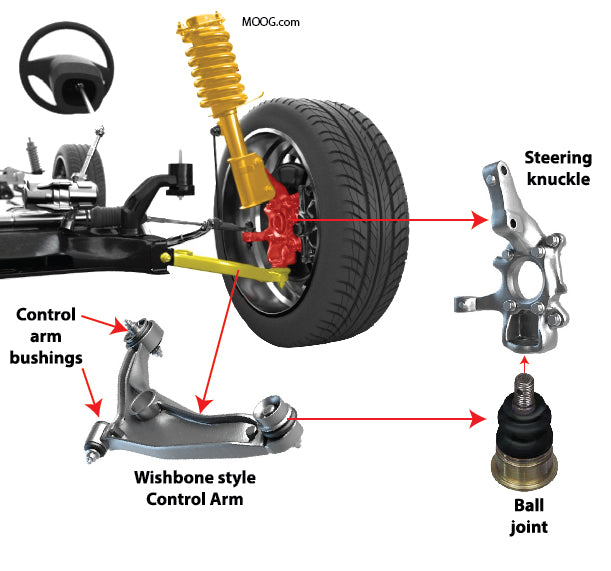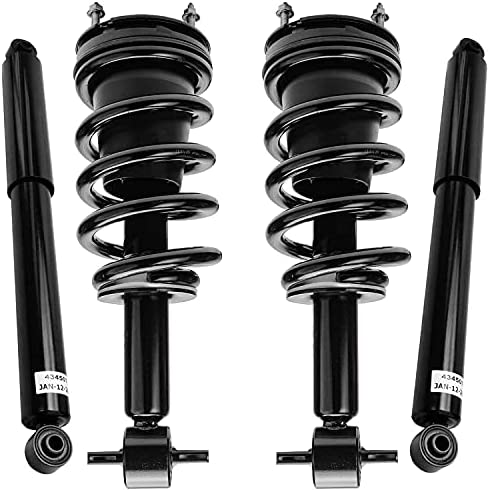Brake pads are part of disc brakes and are an important part of your vehicle. There are three main types of brake pads: organic, ceramic, and semi-metallic. Here’s what you need to know about each one.
Organic brake pads

You’ll often see these listed as non-asbestos organic (NAO). That’s because, back in the day, organic brake pads were made from asbestos. Now that we know better and realize the dangers of asbestos, organic brake pads are made from non-asbestos materials. They usually have a mixture of fibers and materials like rubber, fiberglass, Kevlar, and carbon compounds that are bound together by resin.
Organic brake pads are the most common brake pads found on vehicles and are in roughly two-thirds of American-made vehicles on the road. However, that doesn’t mean they’re the best for your particular vehicle. They are the cheapest option, but they wear out the fastest due to their composite nature. If you don’t drive a lot and don’t regularly experience hard braking, they might work fine in your vehicle. If you put a lot of miles on your vehicle and tend to brake hard, though, they might not be your number one pick.
Ceramic brake pads

You’re more likely to find ceramic brake pads in foreign vehicles than American-made vehicles. They’re made from ceramic that’s dense and durable, which gives them great stopping power plus the ability to disperse heat effectively. Ceramic brake pads are quiet and don’t produce as much dust as organic brake pads. They take longer to wear down, making them a good option if you put a lot of miles on your vehicle.
The main drawback to ceramic brake pads is the cost. They’re the most expensive type of brake pads on the market. In addition, they don’t perform as well as other types of brake pads in extreme conditions, such as extreme heat, cold, or racing conditions.
Semi-metallic brake pads

These brake pads are often called simply “metallic brake pads.” They’re made up of anywhere from 30 to 70 percent metals such as iron, steel, copper, and other composite alloys. These metals conduct heat well, which means they’re better able to withstand heat than other types of brake pads. This makes them ideal for drivers who drive through a wide range of conditions. Performance drivers are particularly partial to semi-metallic brakes.
How to pick a good brake pad
Brake pads do more than just stop your vehicle (though that is one of their important functions). They also absorb and disperse heat, and their ability to do so can impact how quickly your brake pads wear. Cheaply made brake pads can be loud and cause wear on other brake system parts, especially your rotor. This can end up costing you more overall on your vehicle maintenance costs.
Look for a brake pad based on the type of vehicle you have and how you drive it. If you drive a sports car for recreation or for racing, then a semi-metallic brake pad is probably your best option. If you’re more of an urban commuter, then a ceramic brake pad is probably a better choice. If you have a vehicle that doesn’t get a lot of mileage and you never brake hard, you could be just fine with the lower-priced organic brake pad.
If you’re having brake troubles, make an appointment today to have a specialist look at your brakes and make recommendations for brake repair or replacement.



